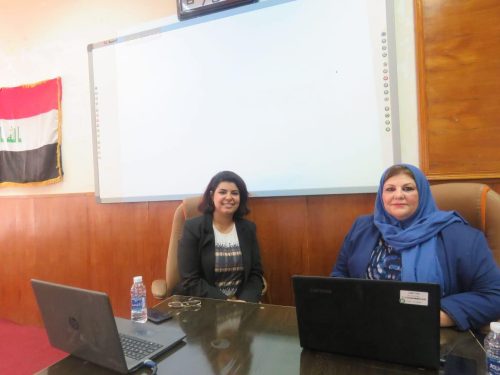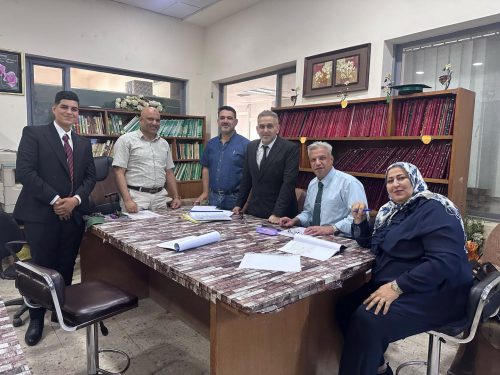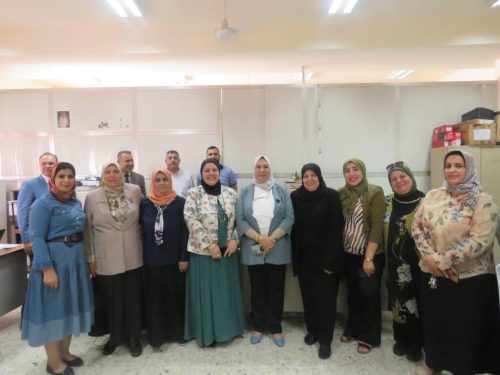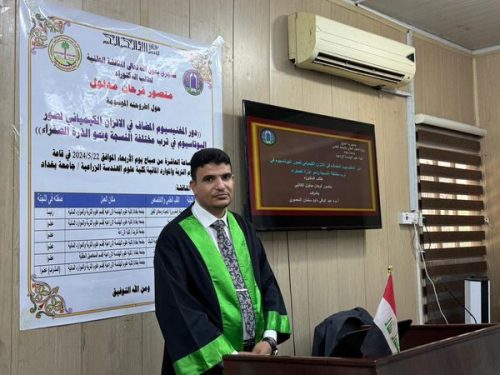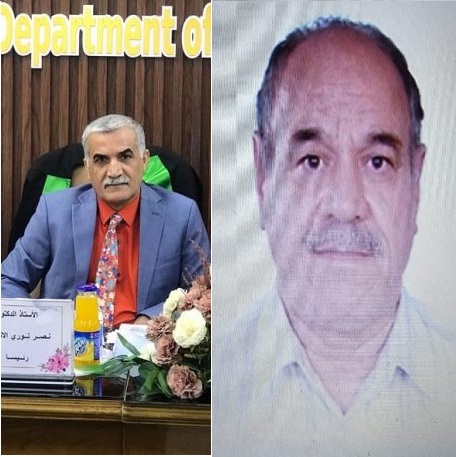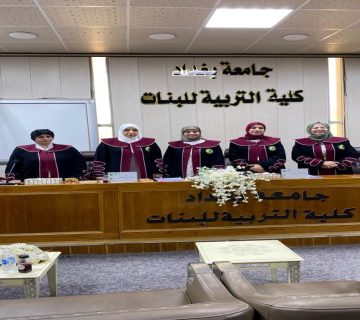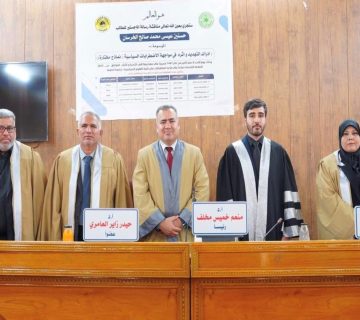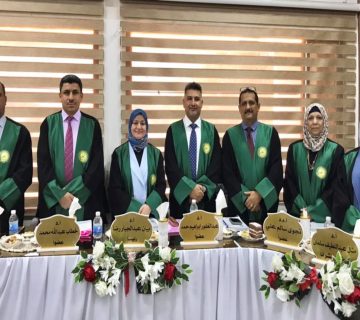Thaer Taha Abdullah from Department of Soil Sciences and Water Resources successfully defended his PhD work with the title (Effect of adding zeolite and bentonite saturated with one of the elements on the kinetics of phosphorus release from phosphate rock in calcareous soil and the growth of yellow corn)
-
The thesis aimed to know the most efficient elements in saturation in terms of the effect on increasing the release of p from phosphate rock, as well as knowing the best mixing ratio between zeolite, bentonite and phosphate rock minerals and their effect on the release of p from phosphate rock.
-
The researcher recommended using zeolite and bentonite minerals saturated with ammonium ion with phosphate rock to prepare the soil with phosphorus instead of chemical mineral fertilization due to its efficiency in preparing phosphorus and its low price, in addition to spreading awareness among farmers about the necessity of adding zeolite and bentonite for its effect in preserving moisture and increasing the soil’s ability to prepare nutrients, especially nitrogen and phosphate.
You May Also Like


